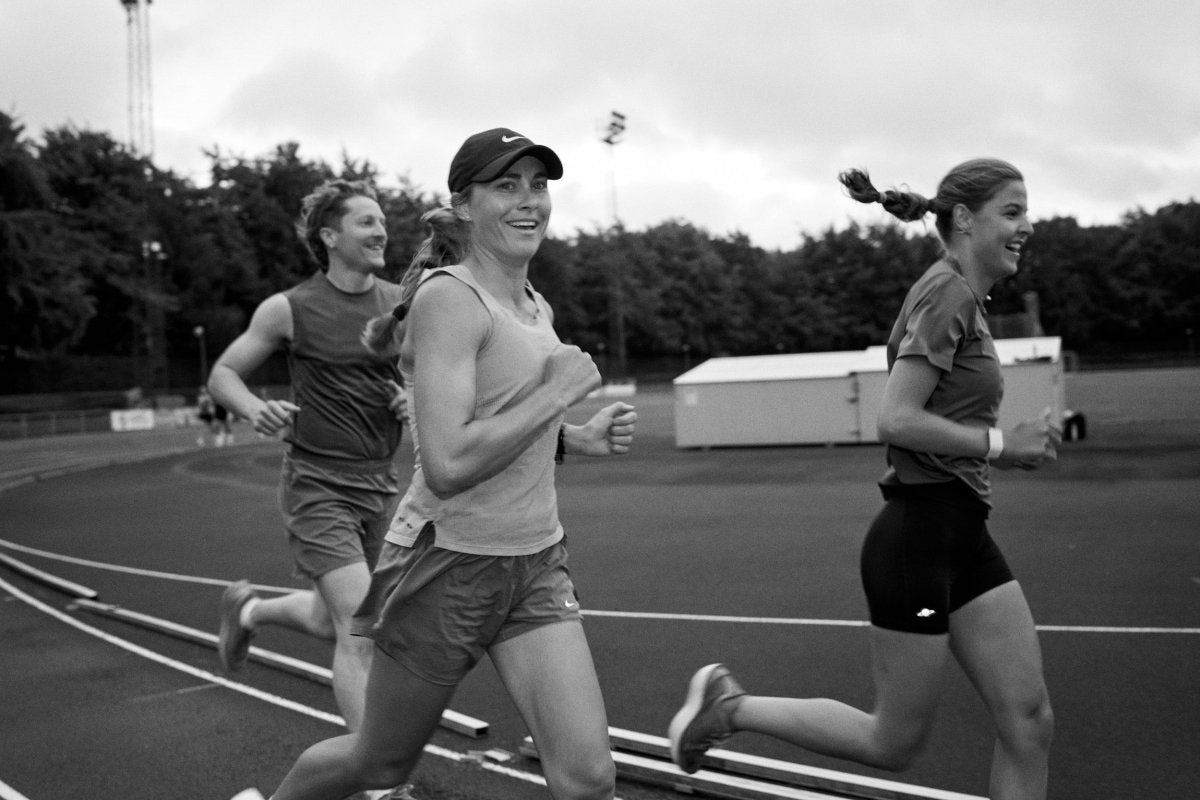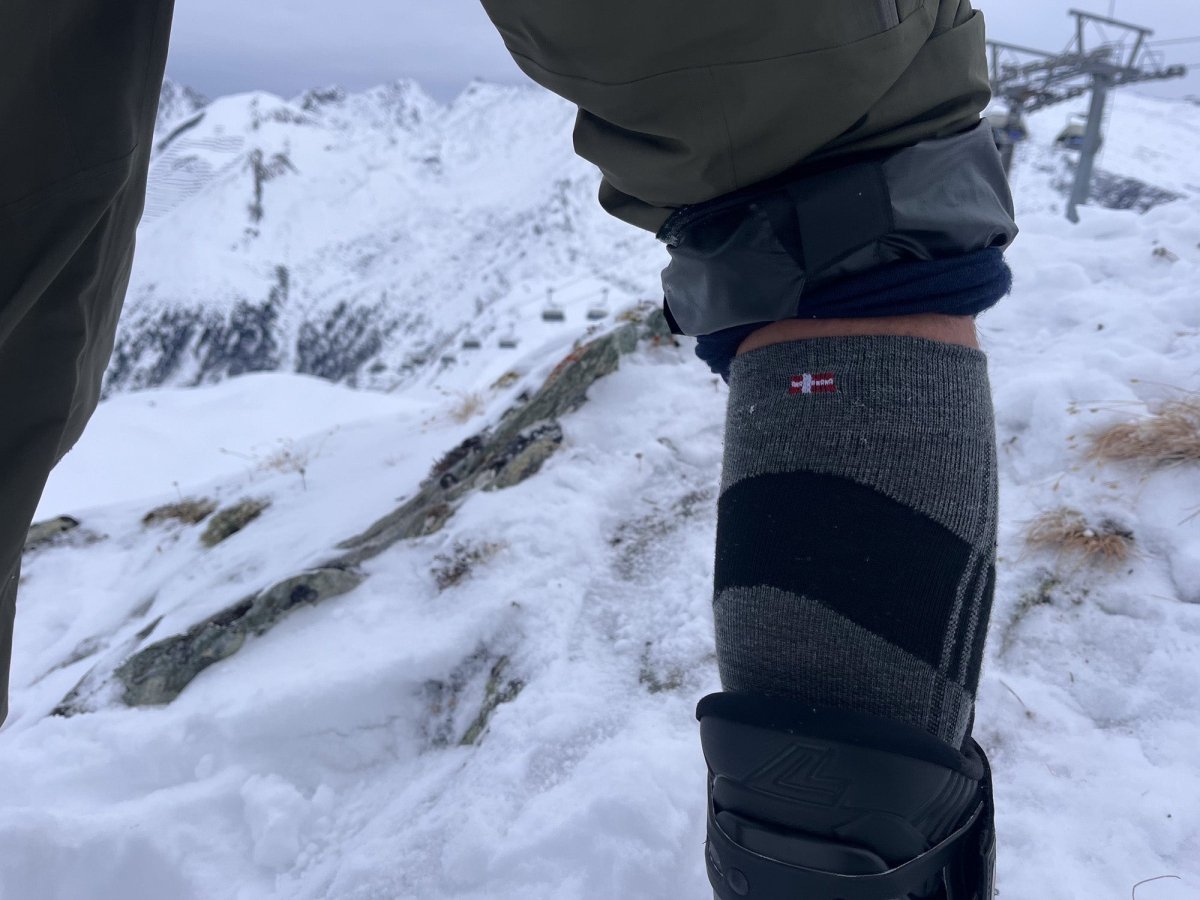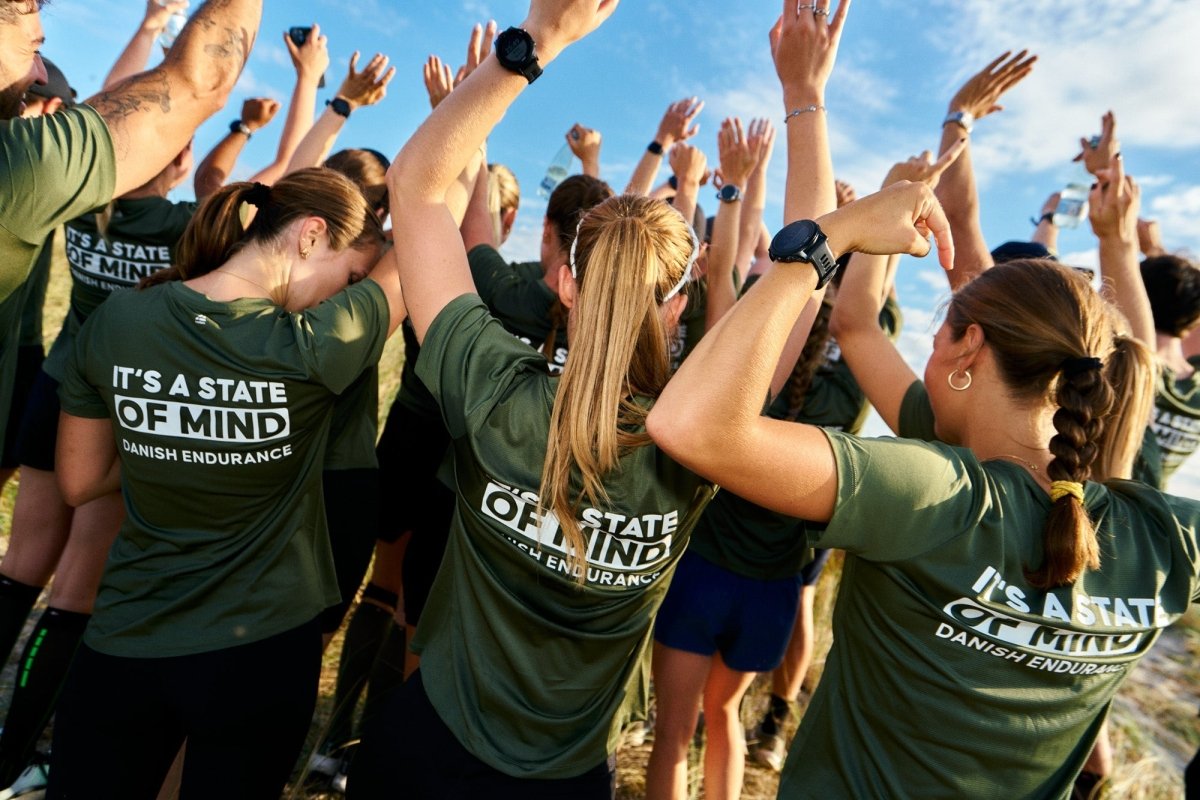TABLE OF CONTENTS
Deep Dive Into the Benefits of Zone 2
Why Running in Zone 2 Makes You Faster
How to Incorporate Zone 2 Into Your Training Schedule
How to Know You're in Zone 2
Practical Tips for Effective Zone 2 Training
Bottom Line
Zone 2 running might seem counterintuitive for those aiming for speed, but it's a cornerstone for building a stronger, faster, and longer-lasting running profile. Dr. Howard J. Luks emphasizes the critical role of Zone 2 training in enhancing mitochondrial function and aerobic base. This not only makes you faster and more efficient over time but also contributes significantly to longevity by enhancing overall metabolic health.
DEEP DIVE INTO THE BENEFITS OF ZONE 2
Training in Zone 2, or at 60-70% of your maximum heart rate, not only increases mitochondrial density and function but also optimizes your body’s metabolic flexibility to switch between energy sources effectively. This zone fosters better fat utilization, preserving glycogen stores and reducing lactate build-up, which commonly occurs when crossing into higher heart rate zones. To fully enjoy these benefits, having the right gear is essential. For example, wearing Compression Socks can improve blood circulation and reduce fatigue during long Zone 2 runs, helping you recover faster and run more efficiently.
WHY STAYING IN ZONE 2 MAKES YOU FASTER
Regular Zone 2 training enhances your aerobic base, enabling you to maintain faster paces without an increase in heart rate. Over time, this leads to a more efficient energy system, primarily utilizing fat for fuel and minimizing lactate production, which occurs at higher intensities. As a result, as your aerobic fitness improves, you will find it easier to run faster and longer within the same heart rate zone. Training in higher zones does not improve lower zone performance, however, training in lower zones will improve higher zone performance, which is why you should focus making most of trainings low-zone.
HOW TO INCORPORATE ZONE 2 INTO YOUR TRAINING SCHEDULE
Incorporating Zone 2 runs into your weekly routine is recommended at least twice a week for sessions lasting around 90 minutes each, if performance enhancement is your goal. These long, steady runs are crucial for bolstering your aerobic capacity. For balanced cardiac health and to peak VO2 max, integrating short, high-intensity sessions after a long Zone 2 effort can be effective, rather than setting separate days for them.
HOW TO KNOW YOU'RE IN ZONE 2
To accurately determine if you're training in Zone 2, you can use the Heart Rate Reserve (HRR) method, which considers both your maximum and resting heart rates. To calculate this, first determine your maximum heart rate (subtract your age from 220) and your resting heart rate (measure it when fully relaxed). Then apply this formula: Zone 2 is about 70% of your HRR added to your resting heart rate, calculated as [0.7×(HR max − HR rest)] + HR rest [0.7 × (HR max − HR rest)] + HR rest. This method provides a personalized threshold, ensuring you're training effectively within Zone 2 based on your specific heart rate variability.
To subjectively gauge if you're in Zone 2 during your run, you can use the "talk test" and your breathing patterns. You're likely in Zone 2 if you can speak or sing during your run but occasionally need to pause for breath. Also, if you find yourself able to breathe through your nose comfortably throughout the run, you are probably within Zones 1 or 2. If you can hear yourself breathing heavily, you've likely moved beyond Zone 2. These indicators help ensure you're training at the right intensity without overexerting yourself.
PRACTICAL TIPS FOR EFFECTIVE ZONE 2 TRAINING
- Monitor Your Heart Rate Religiously: Consider using a heart rate monitor to ensure you remain within Zone 2. A fitness or a sports watch will also be helpful, however, less accurate than a heart rate monitor. This is particularly important in varied terrain, such as hills, where the heart rate can easily escalate.
- Pacing yourself: To effectively train in Zone 2, it’s crucial to moderate your speed, especially when running hills. Initially, you might need to slow down or walk to keep your heart rate within this zone. Exceeding this zone leads to a shift from fat oxidation to glycolysis, reducing the effectiveness of your mitochondrial aerobic base training. It's important to remain in Zone 2 throughout your run to avoid the buildup of lactate and the lengthy time it takes for the body to switch back to fat oxidation as inherent to Zone 2.
- Gradual progression: Begin with manageable runs and progressively extend both the length and frequency of your Zone 2 workouts as your aerobic capacity improves. This methodical increase helps solidify the gains in endurance without overtraining. Don't be discouraged when you go on your first Zone 2 run and realize it' barely faster than walking. As your aerobic fitness improves, you’ll be able to sustain faster speeds for longer durations without exiting Zone 2, though, it may take a few months to see the improvement.
- Right Socks: When training in Zone 2, the right gear can make all the difference in maintaining comfort and performance, especially when it comes to the basics like socks. Quality running socks can prevent blisters and discomfort, allowing you to focus on maintaining the optimal heart rate for Zone 2 training without distraction. For those interested in understanding how to choose the perfect pair, our detailed guide dives into what makes a great running sock. Read our comprehensive guide here to ensure your gear supports your training goals effectively.
BOTTOM LINE: LONG-TERM COMMITMENT TO BETTER RUNNING
Zone 2 running is not just about maintaining a certain heart rate; it's about building a foundation that enhances every aspect of your running and health. Through consistent training in this zone, you’ll develop the stamina to endure longer races and the speed to perform well in them. The right gear can also make all the difference, and products like our Compression Socks, Sleeves, and Long Distance Running Socks are designed to support your performance while keeping you comfortable and injury-free. By prioritizing mitochondrial health and aerobic efficiency, Zone 2 training stands out as a transformative approach for any serious runner aiming for both longevity and peak performance
Source: Zone 2 Heart Rate Training For Longevity and Performance by Howard J. Luks, MD







Triathlon Training for Beginners: A Comprehensive Approach
Mastering the Art of Running: Understanding Different Types of Runs